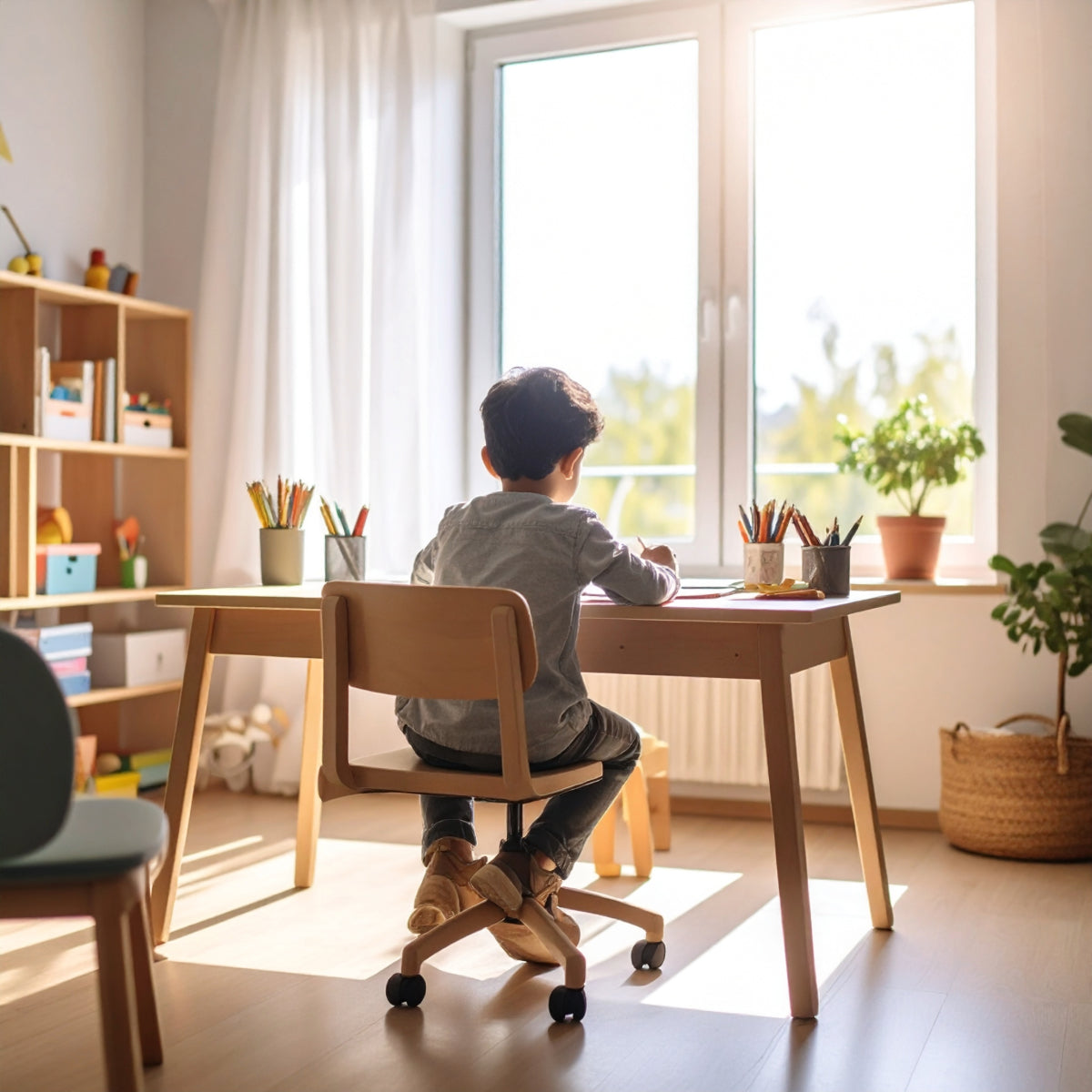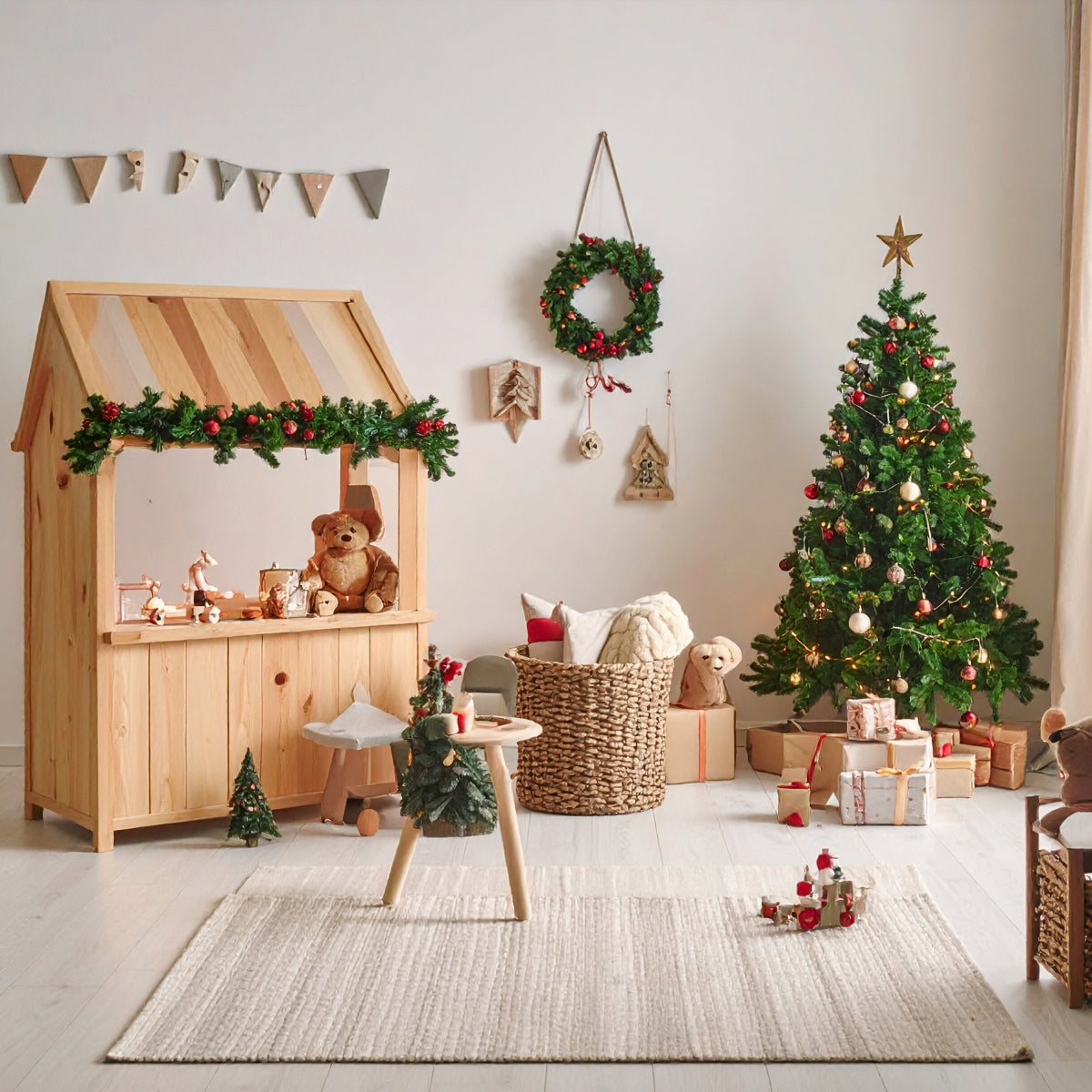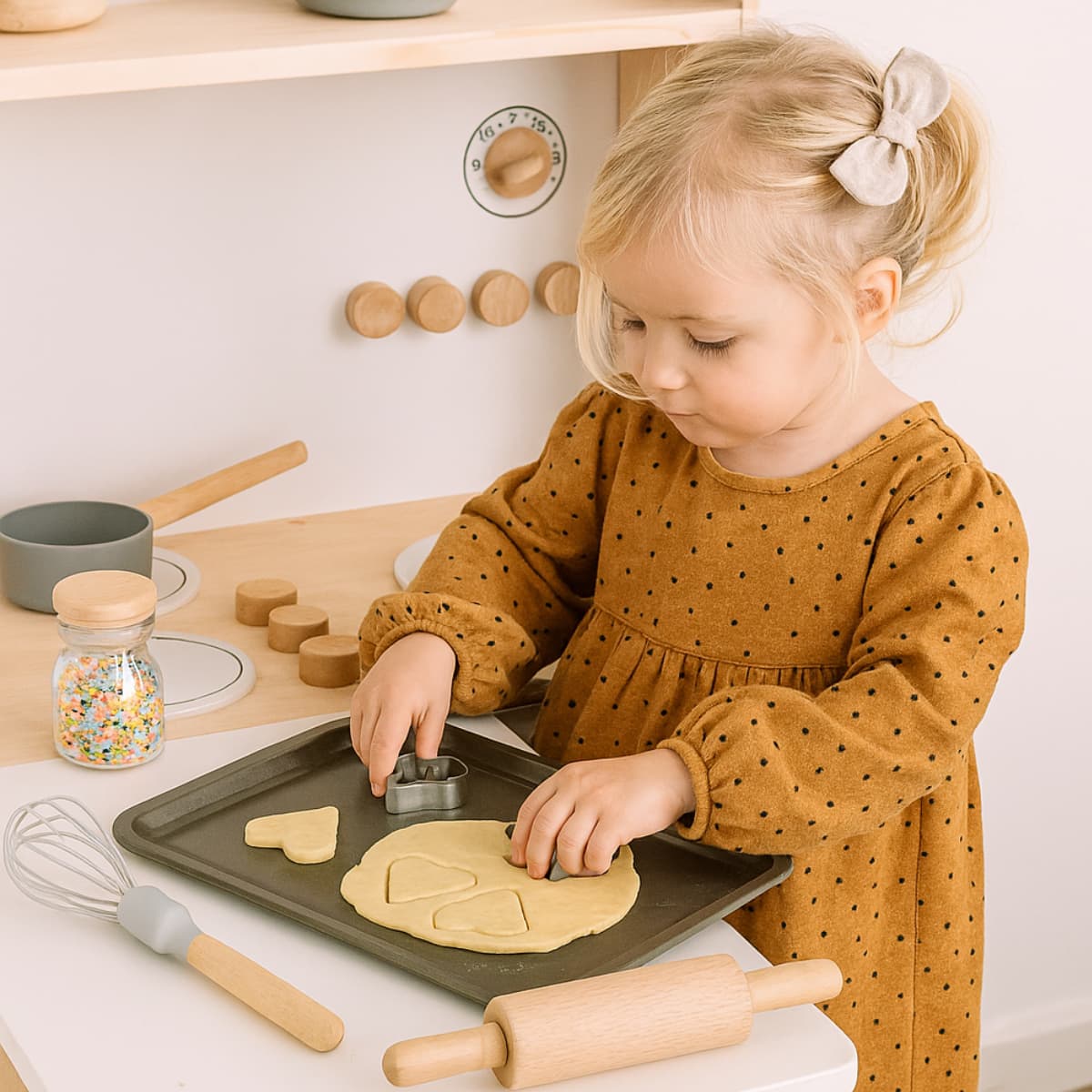
Guide: The Right Play Height – Why Ergonomic Furniture Matters for Children
Children grow quickly – and their furniture should grow with them. Ergonomically designed furniture isn’t just about comfort; it plays a key role in physical development, concentration, and independence. This guide explains why the right play height is so important, what parents should look for, and how your product range helps create healthy play and learning environments.
Why Ergonomics Matter in Childhood
-
Healthy posture from the start Poor seating or play posture can lead to posture issues even in preschool years – such as rounded shoulders, neck tension, or misalignments.
-
Better focus through comfort Children who sit comfortably and securely can concentrate better on creative or learning activities.
-
Encouraging independence Furniture at the right height allows children to sit, stand, and reach materials on their own – without adult help.
-
Less frustration, more joy When children feel physically comfortable, they’re more relaxed and engaged, and play longer and more creatively.
What Does “Right Play Height” Mean?
Play height refers to the height of tables, seats, or work surfaces tailored to a child’s size and age. Key guidelines:
-
Table height: Elbows should rest comfortably on the tabletop when seated
-
Seat height: Feet should be flat on the floor, knees at a 90° angle
-
Standing surfaces: Worktops should be around belly-button height for easy reach and movement
Age-Based Height Recommendations
| Age | Table Height | Seat Height |
|---|---|---|
| 2–3 years | 40–45 cm | 24–28 cm |
| 4–5 years | 46–50 cm | 28–31 cm |
| 6–7 years | 51–55 cm | 32–35 cm |
| 8–10 years | 56–60 cm | 36–39 cm |
These are general guidelines – individual adjustments are always helpful, especially for fast-growing children.
Ergonomic Products from Your Shop
Your shop offers many items that support ergonomic play and learning:
-
Adjustable play furniture Height-adaptable tables and benches that grow with the child
-
Child-sized seating sets Sturdy tables and chairs in matching heights – ideal for crafting, drawing, or role play
-
Play kitchens and workbenches at child height Encourage free play and ergonomic standing and reaching
-
Sandboxes with edge height for little builders Allow comfortable digging and building while sitting or standing
-
Shelving and storage systems at reach level Promote independence and tidiness when putting things away
Tips for Choosing Ergonomic Furniture
-
Look for adjustable height Growing furniture is cost-effective and long-lasting
-
Check for stability and tip resistance Especially important during active play
-
Choose natural materials Wood is sturdy, warm, and pleasant to the touch
-
Rounded edges and safe surfaces Reduce injury risk and support body awareness
-
Child-friendly design Colors and shapes should be inviting and age-appropriate
Conclusion
The right play height isn’t a luxury – it’s an investment in children’s health and development. Ergonomic furniture supports posture, focus, and independence, making play, learning, and discovery a positive experience. With your product range, parents can choose quality and child-friendly design from the very beginning.






Leave a comment
This site is protected by hCaptcha and the hCaptcha Privacy Policy and Terms of Service apply.